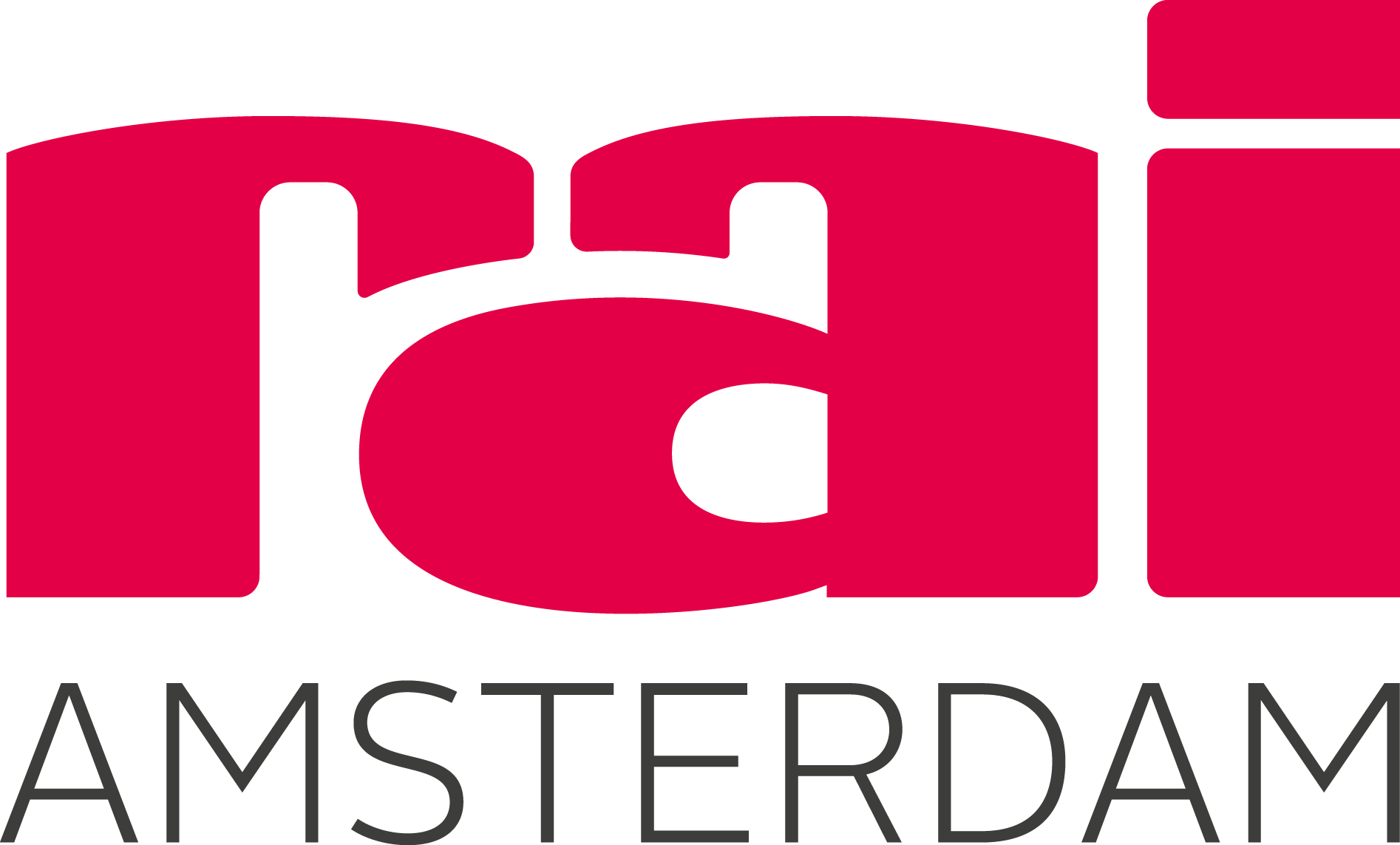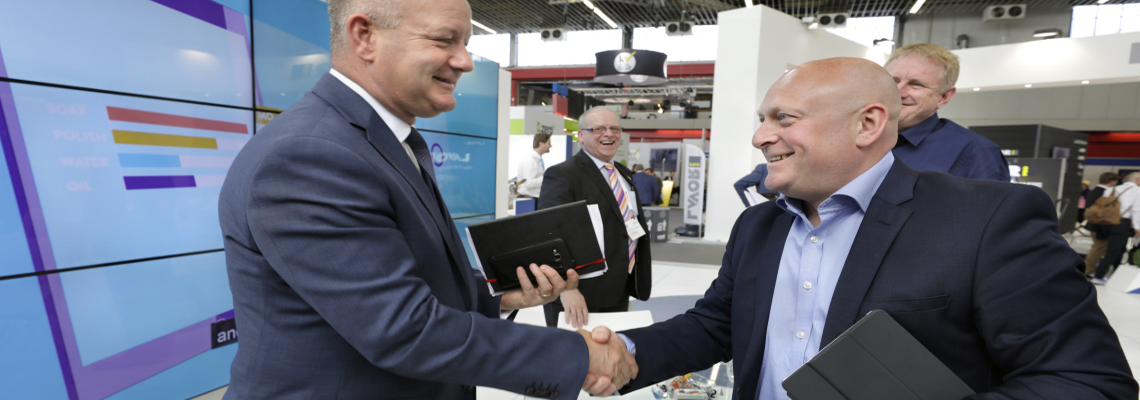‘Oh no, an exhibition…’ – how to unburden exhibitors
Many exhibitors find preparing for an exhibition a real challenge. It takes time, adds to their usual workload and comes with all sorts of detailed issues such as determining the amount of kilowatts needed. Thankfully, organisers can do a great deal to lighten the load. Manager exhibitor services Remco Pot offers four golden tips to make the lives of your exhibitors as pleasant as possible.
Exhibitors are worth their weight in gold
Exhibitors are the backbone of every exhibition and a major financing component for many conferences. All the more reason to ensure they are satisfied. Exhibitors can be appeased with many high-quality visitors and productive meetings that result in interesting leads. But the preparations… There are so many issues for exhibitors to consider: the number of square metres, type of stand construction, electricity, IT, carpeting and perhaps even coffeemakers, plants or hostesses. This isn’t a daily task for most exhibitors and preparing a stand is not one of the most popular activities. As organiser you may benefit from making their preparations as easy as possible. This will lower the threshold for participation, relieve stress and increase the return on event, which in turn enhances the odds that the exhibitors will return for the next edition.
How to make exhibitors happy
Unburdening exhibitors is the core business of RAI Exhibitor Services. We provide some 80 different services for over 17,500 exhibitors at around 100 events a year. First there was a physical exhibitor handbook, then a digital handbook and now we use an exhibitor portal, where exhibitors can order the items they need online. But there’s always room for improvement, which is why we ask ourselves every day how we can make our exhibitors happy. Here we’d like to share some of our insights with you.
1. Clarity and support
Exhibitors want to know who their contact is for various issues. This may sound obvious but in practice it is not always the case. Of course, exhibitors prefer to order all their items and get answers to all their questions from one central point, but they are well aware that this isn’t always possible. Don’t worry about giving them four different points of contact, as long as you make sure you communicate clearly and the contacts are sufficiently skilled to provide proper advice. After all, questions they are likely to receive include how much electricity is needed when an exhibitor wants a fridge, screen, coffeemaker and three laptops at the stand.
Organisers should also provide a central phone number which exhibitors can call if they have other questions or if they don’t know who to contact for a specific issue.
2. Standardised starter packages
The average exhibitor will open the handbook or website, see ten different options for carpeting, lighting and furniture and immediately postpone the decision. The first step is always the hardest. It is therefore wise to provide one or more ‘starter packages’: a uniform stand with, say, dark-grey carpeting, two electricity points and standard waste removal service. This helps exhibitors make a good start and allows them to focus on expansion and extras. What the standard package includes clearly depends on the exhibition. Some events feature 80 per cent uniform stand construction, while others mainly comprise unique stand concepts. The principle is always the same: one or various starter packages will help your exhibitors on their way.
3. Visualisation and advice
So, what do exhibitors need? How large should their stands be and what do they need inside? Especially for inexperienced exhibitors it may be very useful to visualise a stand. At the RAI, we use a 2D floor plan and a 3D impression for uniform stand construction. In addition, exhibitors are often looking for advice: does that seating ensemble fit in that corner and what size of screen is ideal for this demo? The people from Exhibitor Services are more than happy to answer such questions. To us it may seem obvious, but to most exhibitors it is not. Consider to what extent your venue and/or suppliers can provide visualisations and advice and make clear agreements. For key accounts or new exhibitors you may want to make agreements for more proactive and detailed advice.
4. Timely communication and reminders
The sooner an organiser has everything in order, the quicker you will be able to communicate and exhibitors can set to work. Make proper checklists and create a good overview of the suppliers and deadlines. Also make agreements with the venue and suppliers to publish reminders and prevent anything from being overlooked.
Cooperation between organisers and venue
At every exhibition we encounter someone at a stand during the build-up looking panicked and shuffling through papers searching for that one particular document. “Didn’t we order chairs? Nobody ordered chairs?” There is no way to prevent this from ever happening. But if the organiser and venue make proper agreements, start in time, provide a good starter package and ask the right questions, we can relieve some of our exhibitors’ stress. In doing so we make the preparations as easy as possible and allow them to focus entirely on the exhibition itself.

